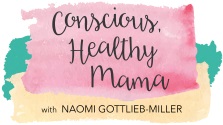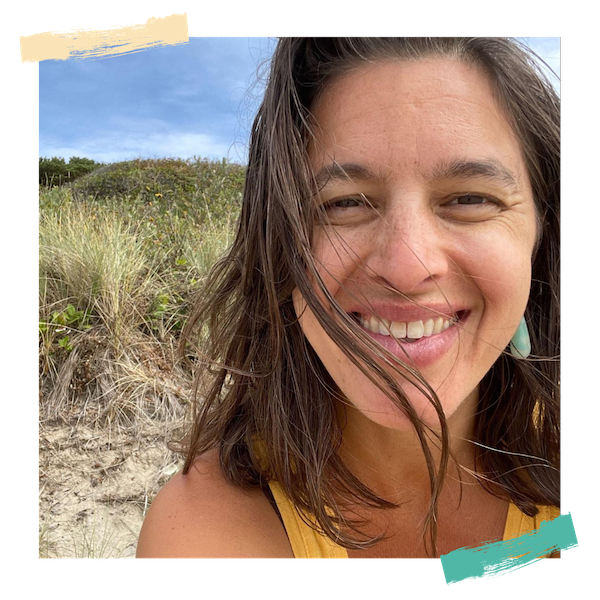Nature is cruel, but we don’t have to be.” ~Dr. Temple Grandin
Been thinking a bit about satya… the more I taught it thematically, the more the real truth for me emerged.
The idea of having universal truths coexisting with “present” truths, generated this thought… yes, sometimes our present truths very easily align with the universal truths, but sometimes they don’t. In fact, much of what divides us is seeing what we believe contrasted with what others believe and not understanding that for the other person it is a truth.
Living in DC, we see this happen politically all the time.
Rather than acknowledging that we all do share a belief in many of those universal truths (like, say, gravity), we immediately leap to our own beliefs and point fingers at the “wrongness” of someone else’s belief.
Which has proven successful at nothing except deepening the divisions throughout the world.
I’ve been reading Thinking in Pictures by Dr. Temple Grandin, an autistic woman who has re-designed over 1/3 of the slaughterhouses in the US to make them more humane for the animals, as well as many animal handling facilities worldwide.
As a vegan and a longtime animal lover/activist, reading this book has been difficult in sections. I would personally rather no animals be slaughtered for food at all. This is not Dr. Grandin’s truth. She views animals as an entirely necessary food source and sees no issue with killing them for food.
Aligning my truth with Dr. Grandin’s felt incongruous… I found myself having major internal struggles every time she discusses her work in her book.
However, what we share is compassion towards animals. So every time I felt that divisive feeling rise up like bile and saw my view as the ONLY truth, I had to acknowledge that it happens to be mine, but not“satya”. What Dr. Grandin and I share as a truth is the deep feeling that “animals deserve our respect”, which Dr. Grandin actually writes in her book. Because she has the ability to see from “cow’s eye view”, Dr. Grandin has said she felt the trauma of the slaughter firsthand. Witnessing the conditions that cattle were made to endure at a slaughterhouse prompted her to not only further her education, but focus her research as an engineer and led to a career that has increased the standards of humanity in many animal handling facilities.
I can align with that.
I believe that true satya is learning to discriminate between what we believe and what is universal truth. And if we can learn how to meet one another in the midline of the truths we share, rather than the periphery we tend to inhabit, the community of the world will be stronger for it.



